

Volume 23
Published on November 2023Volume title: Proceedings of the 2023 International Conference on Functional Materials and Civil Engineering
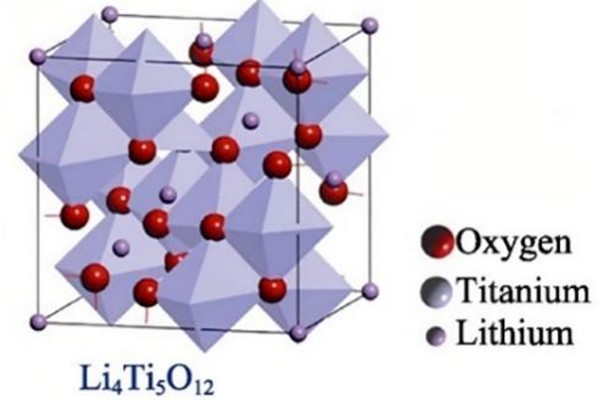
The lithium-ion battery has become one of the most widely used green energy sources, and the materials used in its electrodes have become a research hotspot. There are many different types of electrode materials, and negative electrode materials have developed to a higher level of perfection and maturity than positive electrode materials. Enhancing the electrochemical capabilities of positive electrode materials is therefore crucial. In addition to exploring and choosing the preparation or modification methods of various materials, this study describes the positive and negative electrode materials of lithium-ion batteries. Among the negative electrode materials, Li4Ti5O12 is beneficial to maintain the stability of the battery structure, and the chemical vapor deposition method is the best way to prepare nitrogen-doped graphene materials. Doping and coating modifications for positive electrode materials can offer a smoother mobile route for lithium ions, which can enhance the cathode material’s cycling performance. This paper’s study, summary, and outlook on electrode materials for lithium-ion batteries can aid those researchers in developing a more thorough understanding of electrode materials. Also, it can be advantageous for the growth of associated follow-up research projects and the expansion of the lithium battery market.

 View pdf
View pdf


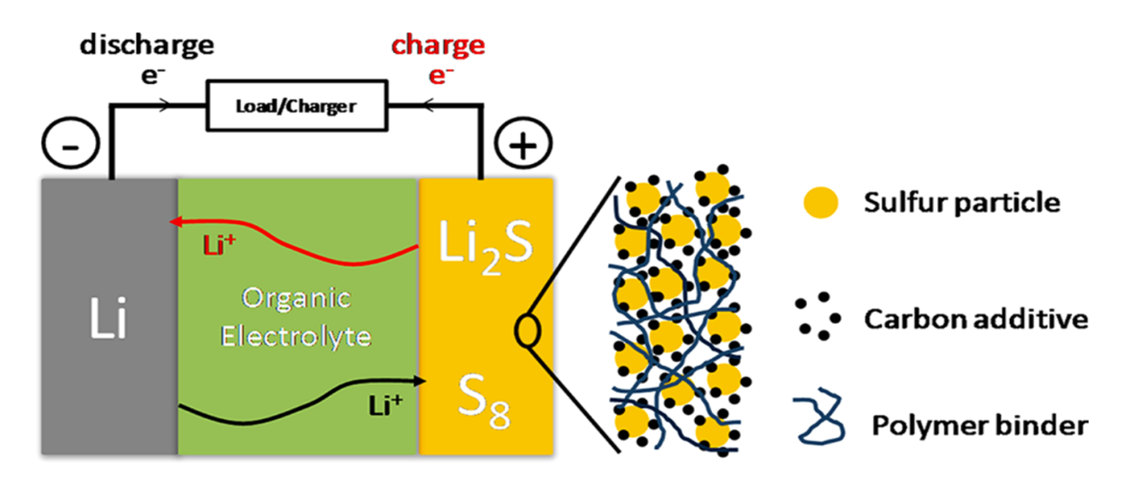
With the rapid development of new energy battery field, the repeated charge and discharge capacity and electric energy storage of battery are the key directions of research. Therefore, the selection standards of electrode materials and electrolyte are continuously improved, ordinary battery materials can no longer meet the needs of development. As a new type of material, nanomaterials have been widely used in many industries due to their special structure and properties. Similarly, nanomaterials also provide new possibilities for the development of new energy batteries. This paper mainly explores the different applications of nanomaterials in new energy batteries, focusing on the basic structural properties and preparation methods of nanomaterials, as well as the applications of different nanomaterials in the positive and negative materials of new energy batteries, and forecasts the future development direction of this industry. This paper is expected to provide ideas for the research of nanomaterials and new energy batteries, and promote the national research on new batteries.

 View pdf
View pdf


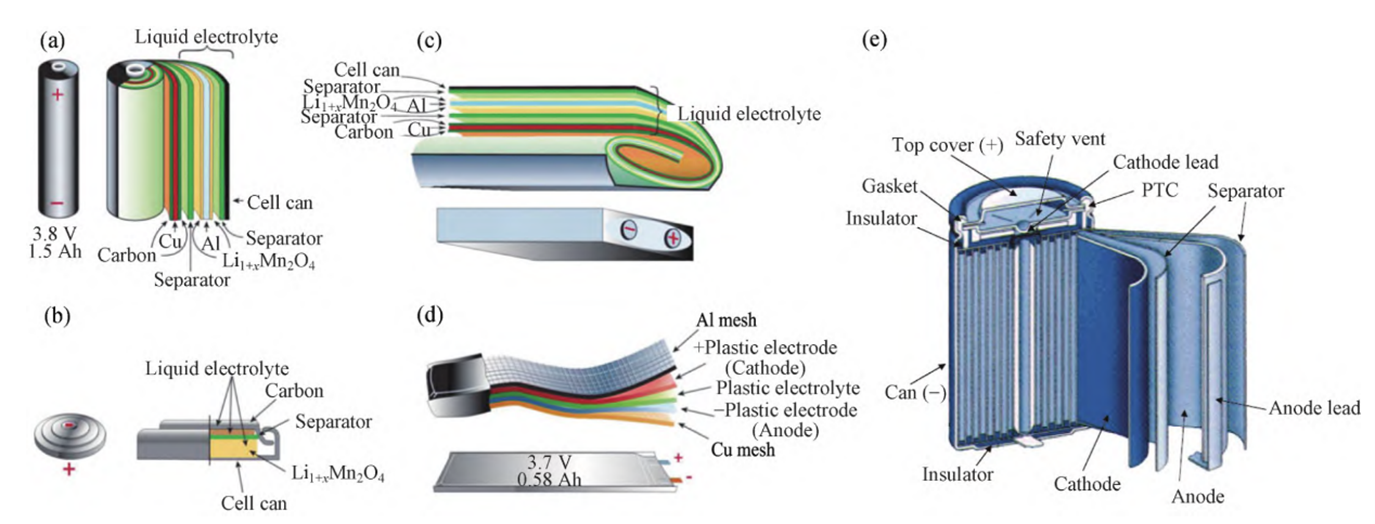
As the lithium-ion battery market continues to expand so far, the number of spent lithium-ion batteries continue to increase, and its impact on the environment cannot be ignored. It is of great necessity to find out a scientific and effective process to recycle spent lithium-ion batteries (LIBs). Starting from the specific pollution of each part of LIBs to the environment, this paper expounds the recycling methods and emerging technologies of cathode materials with the largest proportion and the highest economic value. This paper believes that from the pre-treatment of spent LIBs, and then goes through whether it is thermometallurgy, hydrometallurgy or direct regeneration, each step of recovery process has its own use scenarios. There are still certain problems in industrial applications, recovery rate, safety, secondary pollution and other aspects. Some technologies such as bio-leaching are yet to be developed and are expected to be widely used in the near future. This paper looks forward to a more comprehensive development and breakthrough in the recycling technology of LIBs in the future, rather than being limited to cathode materials.

 View pdf
View pdf


The pollution of plastic materials has seriously affected global environmental problems. Polyolefin materials are widely used as raw materials for plastics. This is due to their practical physical properties and low cost. However, there are major challenges in the disposal of waste polyolefin materials. Recycling and degradation have emerged as the two main approaches for the treatment of plastic waste today. Through a comprehensive literature analysis and review of methods, this paper provides an in-depth study of recycling and biodegradation of polyolefin materials. The study is based on a detailed search of several papers through Google Scholar in order to provide valuable insights into the different methods that are used for the recycling and biodegradation of polyolefins. The review summarizes the most effective technologies for recycling and biodegradation, while highlighting recent advances and future directions in the field. In particular, the research has focused on two main approaches: closed-loop recycling and chemical recovery. The latter technology is aimed at non-polluting biodegradation, which has become an increasingly important topic of interest for the scientific community. Given the urgency of the environmental challenges posed by polyolefins, the development of efficient and sustainable recycling and degradation methods is essential to create a circular economy and ensure a sustainable future.

 View pdf
View pdf


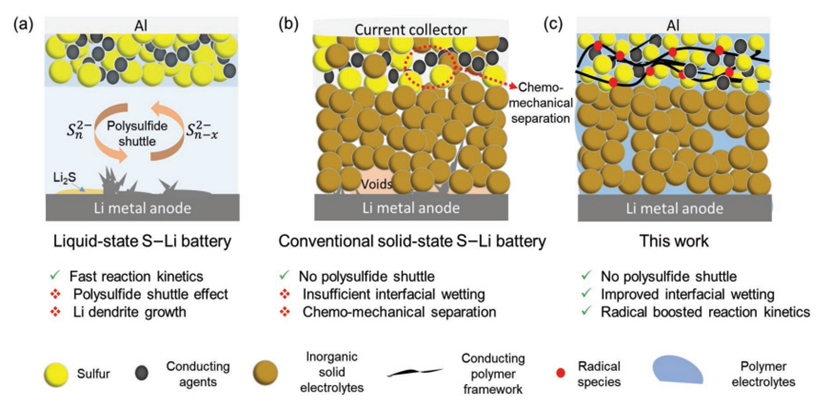
Because of its high voltage, high specific energy, and other good qualities, lithium-ion batteries have recently become one of the most popular studies. In the context of nanomaterials, this research investigates the function of nanomaterials in the application of lithium-sulfur and lithium-air batteries. In addition to examining the classification, benefits and drawbacks, uses and advances of nanomaterials, this essay also examines the fundamentals of two batteries, as well as the uses of nanomaterials in both types of batteries. The results show that nanomaterials have a very large surface area and a sudden change in material properties because of their arrival at the nanoscale, and have very good mechanical and optical properties, which have a very good contribution to the performance of the batteries. However, it was discovered that nanomaterials in lithium-ion battery applications still have issues, such as high cost and challenging synthesis procedures, through the investigation of several nanomaterials in two batteries. In addition to offering fresh perspectives for society, this study seeks to better understand the economic and safety issues associated with two batteries used in practical production.

 View pdf
View pdf


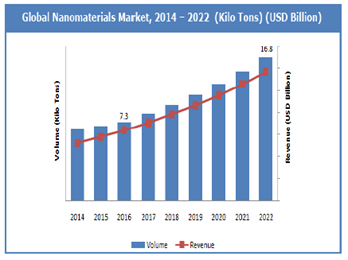
Nowadays, new energy batteries and nanomaterials are one of the main areas of future development worldwide. This paper introduces nanomaterials and new energy batteries and talks about the application of nanomaterials in new energy batteries and their future directions. Nanomaterials can bring human technology to a new level and bring many new functions to objects. It can be objected that are lighter, stronger, and higher. Because of the smaller surface area, the product made by nanomaterials is more stable. And they have higher sensitivity, as well. However, they have disadvantages too, such as pollution, and poor nanotechnology humans controlled. But in any case, nanomaterial plays a vital role in the technological development of mankind. A new energy battery is also one of the future development goals of mankind, it is an energy-saving battery that can reduce the pollution of the environment. But poor charging speed and poor continuity are its weaknesses. However, it does not stop it from gradually replacing the original traditional battery and becoming the mainstream battery in the future. Nanomaterials play a key role in improving new energy batteries improving the stability of batteries, accelerating battery charging, and so on. It can help people to understand nanomaterials and new energy batteries and their applications. It can also help to understand their future research directions and the market development of nanomaterials and new energy batteries.

 View pdf
View pdf


As an integral part of the construction industry, concrete is an important part of the building materials industry, as well as an important material for infrastructure and engineering construction projects. It is widely used in various industries. In recent years, with the improvement of the quality awareness of the whole people, the engineering quality inspection has also received more attention. The previous concrete quality inspection methods have different degrees of damage to the original structure. This paper focuses on the state of concrete structure and its detection method, and introduces the EDN technology. At the same time, through comparison, practical experiment, theoretical research and other research methods to describe EDN technology. Based on the research results, it is concluded that ECN technology can provide a more comprehensive concrete quality report, which is beneficial to the maintenance, repair and restoration of Bridges and old buildings, and help engineers use.

 View pdf
View pdf


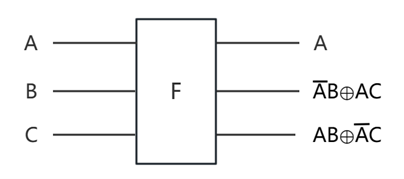
Integrated circuits have advanced quickly alongside the semiconductor industry's tremendous growth. The primary design considerations for each circuit in a VLSI data path are minimization of area and power consumption. As a very important logic unit in the integrated circuit, reducing the flip-flop's power consumption is of great significance for improving the performance of the whole circuit. There are many ways to reduce the power consumption of the flip-flop. This paper reviews several new low-power flip-flop designs using methods to improve the logic structure of flip-flops and their logic gates, including a reversible flip-flop design with reversible gates, a flip-flop design with memristors, and a sense amplifier-based flip-flop. The analysis shows that all three options for improving the logic gate can reduce the power consumption of the flip-flops and also have a positive effect on reducing the size of the device.

 View pdf
View pdf


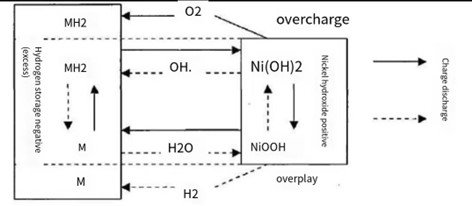
With the progress of the times and the development of technology, there are more and more types of batteries, and the application of batteries in life is more and more extensive. In recent years, due to the promotion and popularity of electric vehicles, lithium batteries, nickel-cadmium batteries, and nickel-metal hydride batteries have gradually moved from the laboratory to everyone's life. This paper discusses the three types of batteries used today and the preparation methods, advantages and disadvantages, applications, and prospects of these three types of batteries. Lithium battery is mainly composed of lithium, with more active chemical properties, and has become the mainstream of the world today; the positive active ingredient of the nickel-cadmium battery is predominantly made of nickel, the negative active ingredient is predominantly made of cadmium, an alkaline battery, the current common battery device, commonly used in small equipment; nickel-hydrogen batteries are improved from nickel-cadmium batteries, which can absorb hydrogen metal instead of cadmium, compared to lithium batteries are safer It is safer than lithium battery. Batteries have positive and negative poles, and this paper also describes the manufacturing methods of positive and negative poles of the three types of batteries. The widespread application and immense market demand for lithium-ion batteries, Nickel-hydrogen (NiMH) batteries, and Nickel-cadmium (NiCd) batteries have significant implications for scientific progress and economic prosperity. Therefore, research efforts directed toward high-performance lithium-ion, NiMH, and NiCd batteries hold tremendous scientific and economic value.

 View pdf
View pdf


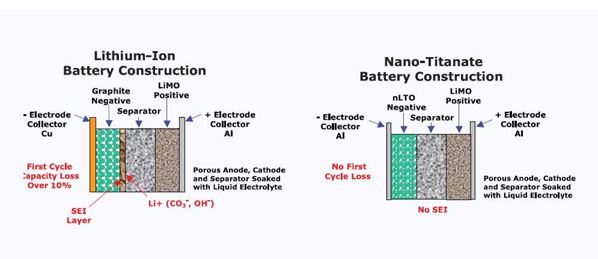
With the introduction of dual carbon policy and the development of new energy industry, new energy batteries play a pillar role in the whole industry. However, the new energy batteries made in the context of traditional cathode materials often have many defects and cannot meet the demand. This study introduces nanotechnology, lithium titanate batteries and their integrated applications. Among them, nanofabrication technology, as an emerging technology, can be used to dope new particles to modify the conventional lithium titanate to improve its own shortcomings of insufficient conductivity of a single material. The significance of this thesis is to compare each technique and each material, and to propose new experimental solutions based on the existing research results.

 View pdf
View pdf




